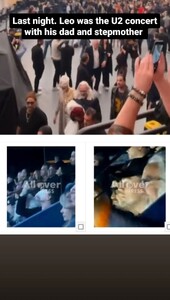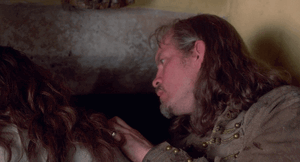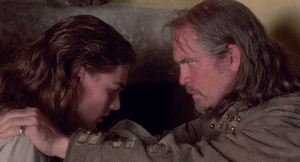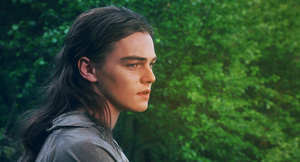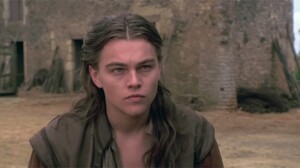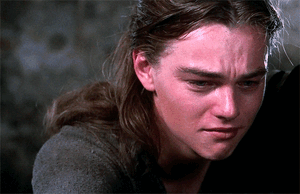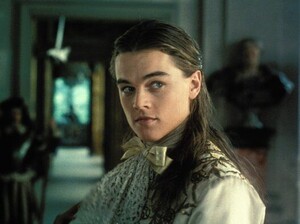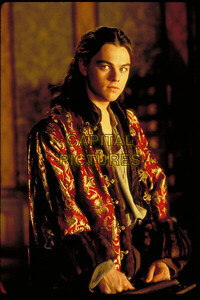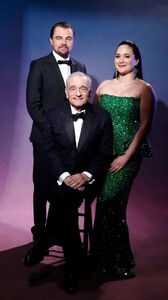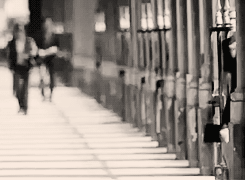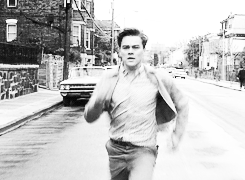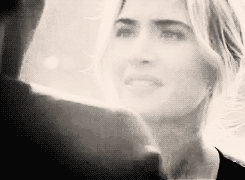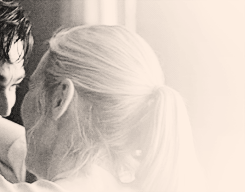
Everything posted by Jade Bahr
-
Leonardo DiCaprio - (Please Read First Post Prior to Posting)
Poor guy he's still so uncomfortable with this kind of attention. https://www.instagram.com/reel/C3PiNiRsi3T/
-
Leonardo DiCaprio - (Please Read First Post Prior to Posting)
- Star Wars: The Last Jedi
Hayden Christensen Says George Lucas’ Star Wars Prequels Have Aged Very Well- Camila Mendes
- Last movie you saw...
- Leonardo DiCaprio - (Please Read First Post Prior to Posting)
- Sydney Sweeney
- Scarlett Johansson
- Dakota Johnson
- Margot Robbie
- Leonardo DiCaprio - (Please Read First Post Prior to Posting)
Now I really want Leo in this movie. I mean Leo, Pitt AND Cruise together? In a Tarantino movie? That would be kinda legendary. Tom Cruise Circling A Role in Quentin Tarantino’s ‘The Movie Critic’ None other than Tom Cruise is in talks to appear in Quentin Tarantino’s “The Movie Critic.” This will come down to Cruise’s busy schedule, but the Hollywood star is said to be rearranging his schedule to accommodate a supporting role in the movie. Cruise was one of the first actors Tarantino thought of for the role of Cliff Booth in “Once Upon a Time in Hollywood”. The character was eventually played by Brad Pitt, who won an Oscar for his performance. Last week, it was reported that Pitt had joined the cast of “The Movie Critic.” Although no other official casting has been announced, the “ensemble” film has been rumoured to include all kinds of talent, including the likes of Kurt Russell, Samuel L. Jackson, Leonardo DiCaprio, Paul Walter Hauser and John Travolta. Cruise, 61, and one of the last remaining old school movie stars, along with Pitt, has been hooked into making only franchise-based action the last decade. He’s burying his talents as a dramatic actor. I’ve said this before, and I’ll say it again, many tend to forget just how great of an actor Cruise can be. You can’t watch a film like “Magnolia” or “Collateral” without noticing his acting chops. It’s not surprising that Cruise wants to be a part of Tarantino’s final film — he’s never worked with him and “The Movie Critic” is going to be a major movie event, whenever it gets released (2026?)- Rachel Zegler
- Charlie Hunnam
- Christian Bale
- Aaron Taylor-Johnson
- Aaron Taylor-Johnson
- Kate Winslet
- Kate Winslet
- Leonardo DiCaprio - (Please Read First Post Prior to Posting)
Still can't believe PTA wrote most of the script LOL Before Paul Thomas Anderson’s Rewrites, Lily Gladstone Just Had Three Scenes in ‘Killers of The Flower Moon’ We already know that there was a total script overhaul for “Killers of the Flower Moon.” Martin Scorsese and Leonardo DiCaprio decided that, instead of depicting the point of view of the FBI, they were going to focus on the story of the Osage nation. Lily Gladstone had stated that ‘Killers’ was a different movie than the one [Scorsese] walked in to make, almost entirely because of what the Osage community had to say about how it was being made and what was being portrayed. In an interview with the Los Angeles Times, Gladstone admitted that, despite signing on to the film, in the original draft of ‘Killers,’ she only had three scenes in the entire movie … When the “Killers of the Flower Moon” casting directors first contacted her for the film in 2019, Mollie had just three scenes in the screenplay. It was a Martin Scorsese movie, so it wasn’t as if she was going to pass. Gladstone, whose father is Blackfeet and Nez Perce, figured she’d try to land the role and then do what Native American actors too often have to do — try to influence and reshape the role to make it authentic and meaningful. In the rewrites, she has an hour of screentime — she’s now an Oscar nominee for Lead Actress. Gladstone might even win — it’s either her or Emma Stone. Eric Roth, who wrote the original ‘Killers’ screenplay, took a crack at the rewrites. However, at some point in the process, Paul Thomas Anderson was hired by Scorsese to take part in rewriting a good portion of the script. I’m actually surprised that this has not been reported yet by any of the trades.- Leonardo DiCaprio - (Please Read First Post Prior to Posting)
Account
Navigation
Search
Configure browser push notifications
Chrome (Android)
- Tap the lock icon next to the address bar.
- Tap Permissions → Notifications.
- Adjust your preference.
Chrome (Desktop)
- Click the padlock icon in the address bar.
- Select Site settings.
- Find Notifications and adjust your preference.
Safari (iOS 16.4+)
- Ensure the site is installed via Add to Home Screen.
- Open Settings App → Notifications.
- Find your app name and adjust your preference.
Safari (macOS)
- Go to Safari → Preferences.
- Click the Websites tab.
- Select Notifications in the sidebar.
- Find this website and adjust your preference.
Edge (Android)
- Tap the lock icon next to the address bar.
- Tap Permissions.
- Find Notifications and adjust your preference.
Edge (Desktop)
- Click the padlock icon in the address bar.
- Click Permissions for this site.
- Find Notifications and adjust your preference.
Firefox (Android)
- Go to Settings → Site permissions.
- Tap Notifications.
- Find this site in the list and adjust your preference.
Firefox (Desktop)
- Open Firefox Settings.
- Search for Notifications.
- Find this site in the list and adjust your preference.
- Star Wars: The Last Jedi


